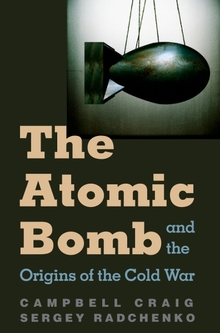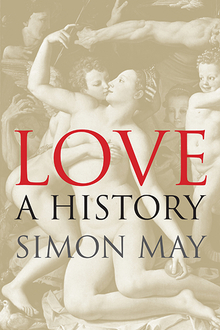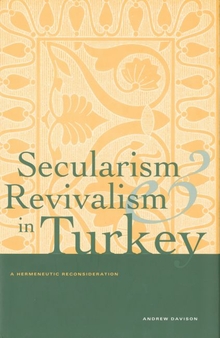The Atomic Bomb and the Origins of the Cold War
WARNING
You are viewing an older version of the Yalebooks website. Please visit out new website with more updated information and a better user experience: https://www.yalebooks.com
Campbell Craig and Sergey Radchenko
An original study of the atomic bomb's key role in triggering the post-World War II confrontation between the US and the USSR
After a devastating world war, culminating in the obliteration of Hiroshima and Nagasaki, it was clear that the United States and the Soviet Union had to establish a cooperative order if the planet was to escape an atomic World War III.
In this provocative study, Campbell Craig and Sergey Radchenko show how the atomic bomb pushed the United States and the Soviet Union not toward cooperation but toward deep bipolar confrontation. Joseph Stalin, sure that the Americans meant to deploy their new weapon against Russia and defeat socialism, would stop at nothing to build his own bomb. Harry Truman, initially willing to consider cooperation, discovered that its pursuit would mean political suicide, especially when news of Soviet atomic spies reached the public. Both superpowers, moreover, discerned a new reality of the atomic age: now, cooperation must be total. The dangers posed by the bomb meant that intermediate measures of international cooperation would protect no one. Yet no two nations in history were less prepared to pursue total cooperation than were the United States and the Soviet Union. The logic of the bomb pointed them toward immediate Cold War.
Campbell Craig is professor of international relations at the University of Southampton. He lives in Salisbury, England. Sergey Radchenko is a tutorial follow in international history at the London School of Economics. He lives in London.
“In a signal contribution, Craig and Radchenko bring together the key aspects of the role of the atom bomb in starting the Cold War, including its development, use, and the proposals for its control. With original research and keen judgment, the authors bring out new factors, such as the impact of the discovery of Soviet espionage on the development of the Baruch Plan, and integrate multiple elements to give us a much fuller picture of this crucial topic.”—Robert Jervis, Columbia University
“The last decade has seen excellent studies on the Cold War by Russian scholars in collaboration with American scholars. [The Atomic Bomb] … is a good illustration of that collaboration and the openness of Russian and American archives … .” - A. G. Noorani, Frontline
Publication Date: September 23, 2008








